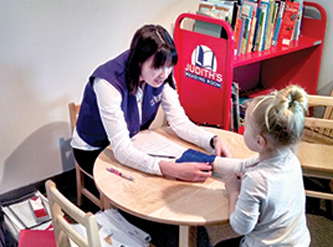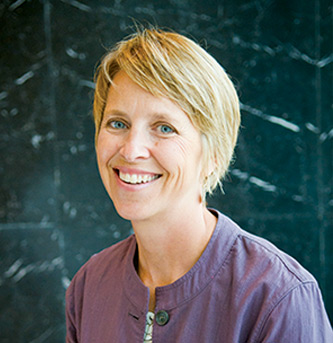Taking Science to the Public
"A rose by any other name would smell as sweet." This oft-quoted Shakespearean line has served to teach generations of students that the names of things really should not impact one's ability to recognize them.
Robin Hojnoski, associate professor of School Psychology, is trying to determine if the same premise holds true for geometric shapes and a young child's ability to identify shapes by name, through an ongoing partnership with the Da Vinci Science Center in Allentown, Pa.
The study invites children visiting the center to play the Mystery Shape Game, in which they are asked to feel the 3-D shape hidden in a bag. They are then presented with images of 2-D and 3-D shapes and shapes in nature and asked to identify which shape matches the one in the bag. The project is funded by a National Science Foundation grant as part of the National Living Lab Initiative.
"The overall goal of National Living Labs is to bring the science of child development into community settings," Hojnoski says. "This helps to engage families in understanding how science works and understanding how science is connected with child development. Whereas in classrooms we are interested in instruction and educational interventions, at the Da Vinci Center, we can ask broader questions related to how children think and learn about shapes and other mathematical domains."
Early data indicate that the 2-D activity was easiest for the children, while the "shape in nature task" was more difficult.
"Preliminary results suggest that hands-on experiences with shape provide children with a wealth of information that informs the mental representations they create. These representations can then be used for general problem-solving as well as a foundation for more advanced geometric understanding," she says.
Story by Jennifer Marangos
Posted on:



